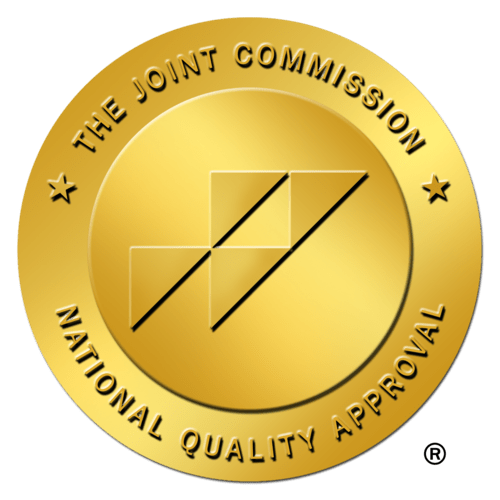
COVID-19 has transformed—and continues to transform—the way healthcare organizations deliver care and engage their workforces. How do you plan to transform your staffing model to match?
Because of the rise in Delta variant-related hospitalizations, demand (and bill rates) for travel nurses have picked up again. At the same time, clinicians and their employers continue to experience stress and burnout. Minimizing the exhaustion, fatigue, and depression that clinicians feel is top of mind for every staffing manager we’ve spoken with over the past few years.
Keeping healthcare organizations appropriately staffed helps lower the odds of burnout, but maintaining those levels isn’t easy. The commoditization of care has increased competition among providers as new, lower-cost entrants disrupt the market. Not only do payers and patients tend to favor lower-cost options, but they also lure experienced physicians and clinicians over to their side.
With demand greater and budgets tighter than ever, it’s time to reimagine staffing using a multi-pronged approach.
How do we engage and retain talent?
In an era when we can get everything from toilet paper to a new car delivered within hours, clinician engagement must be digital and flexible.
Nurses want to engage through mobile technology. They want to use technology to find work, manage shifts, and stay connected with their colleagues.
In a CareRev user survey conducted in February 2021, about 85% said they believed mobile apps will be the future of healthcare. Over three quarters (76.4%) said they would be more interested in working for a technologically advanced facility compared to a hospital that uses outdated processes.
How a flexible workforce model supports value-based care
While many clinicians want or need the structure of a full-time set schedule, a growing number want more flexibility in their day. They need that variability to pick up their kids from school, to take care of family members, or to finish their degrees.
A workforce model that supports core staff while accessing flexible solutions gives healthcare organizations access to both types of clinicians. And since this model relies less on travelers, which come at a high cost, hospitals keep labor expenses under control.
To reinforce your permanent staff, tap into that growing labor pool that wants to work in a way that suits their lives. You’ll reach them through marketplace platforms such as CareRev, which allow them to pick up shifts when it fits their schedule.
With this model, you can bring in high-quality healthcare professionals to fill in gaps and use your core staff at top-of-license. This approach gives healthcare organizations the most value for their investment.
The multi-pronged approach to staffing
To ensure a safe work environment and the highest quality patient care, leverage a multipronged staffing approach. Use FTEs as your foundation and an on-demand platform to fill in the gaps. Use travelers and agency as an exception not the rule.
With technology such as CareRev’s Cascade, staffing managers can bring all these elements together to form a more agile talent network. Move staff from low- to high-acuity facilities when needed. When you can’t fill shifts with your internal employees or per-diem pool, turn to your external float pool to cover shifts in no time. Because the marketplace is app based, you bypass the agency middleman, avoiding unnecessary delays and redundancies.
Best practices for moving to a multi-pronged approach
Restructuring your workforce model to include marketplace platforms takes cooperation and buy-in on many levels. Follow these tips to streamline the process:
Get leadership buy-in
You need a push from the top to successfully roll out a multi-pronged approach. Present to leadership the benefits and value—both in cost and in quality.
Get internal buy-in
You’ll need support across the organization to keep a new staffing model in place long term. Explain how a new approach benefits the organization and each individual.
Get a straight path to approval
Don’t let your program die by committee. For one Midwest hospital, weekly technology meetings among executives helped move implementation forward faster than endless committee meetings.
Plan proactively
Establish reverse timelines and plan 12 to 18 months in advance. Set short, mid-term and long-term goals.
Get your core staff involved
Meet with your employees to find out what they want from a new workforce model. Giving them a voice in the process helps them feel valued.
The staffing challenges exacerbated by COVID-19 have stressed healthcare organizations and clinicians to the max. Ease your core staff’s burden while maintaining or improving quality by relying on high-quality professionals available through flexible talent marketplaces.





